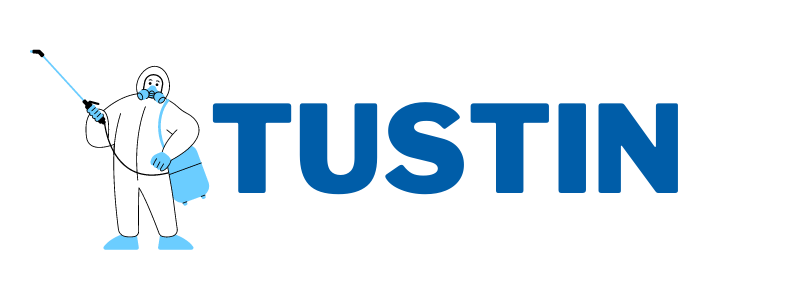When you call an IP address from your computer, you usually try to contact a different computer over the internet. However, with the loopback address, you are calling the localhost, aka your computer.
- Nodes can use to configure the IPv6 address when connected to the Ethernet interface.
- Recent mobile networks, including 4G LTE and 5G New Radio (NR), are fully packet-switched without any circuit-switched network components.
- Let’s look at an interesting IETF proposal, which aims to address and standardize the Border Gateway Protocol on point-to-point links using IPv6 link-local addressing.
- The second is keeping the node controller’s internal list of nodes up to date with
the cloud provider’s list of available machines.
The DHCPv6 client can
also request the delegation of prefixes. The prefixes acquired from a
delegating device will be stored in a local IPv6 general prefix pool. The
prefixes in the general prefix pool can then be referred to from other
applications; for example, the general prefix pool can be used to number device
downstream interfaces. IPv4 had a subnet mask (dotted quad notation) that was later replaced by CIDR
masking. IPv6 doesn’t have a subnet mask but instead calls it a Prefix Length,
often shortened to “Prefix”. Prefix length and CIDR masking work similarly; The
prefix length denotes how many bits of the address define the network in which
it exists.
Understanding the Importance of ‘My Eyes Only’ in Privacy and Security
The route used for circuit switching is selected during the initial setup, whereas, in packet switching, the route for each packet is chosen independently of each other. To explain this, a sender may send data reading three, five, and seven in that order.

So, all the data transmitted to any of the loopback addresses as the destination address will not pop up 10.0.0.138 IP Address on the network. A loopback address is a type of IP address that is used to test the communication or transportation medium on a local network card and/or for testing network applications. Data packets sent on a loopback address are re-routed back to the originating node without any alteration or modification.
Network Upgradation
Event hooks must always be set as a list of callables, and you may register
multiple event hooks for each type of event. HTTPDirectResponse can be used to send a fixed response to clients.
Not the answer you’re looking for? Browse other questions tagged networkingiproutingloopback.
IPv6 through its large address space ensures that each mobile device can have its own unique IP address. Further, Mobile IPv6 makes use of the extension headers to add powerful capabilities such as route optimizations between mobile nodes, when roaming between different 3G networks. IPv6 also improves dramatically on the concept of anycast services, which is available, though in a very minimal form in IPv4. In anycast services, packets are not sent to all the nodes in the network but only to the nearest reachable member. A typical application where anycast would be of tremendous use says, while discovering a server of a given type e.g. a DNS server, among a group of servers. The Internet has functioned for the last three decades with IPv4 as the underlying protocol. However, because of this end-to-end model, IPv4 was designed with almost no security in mind and assumes that the required security will be provided at the end nodes.
